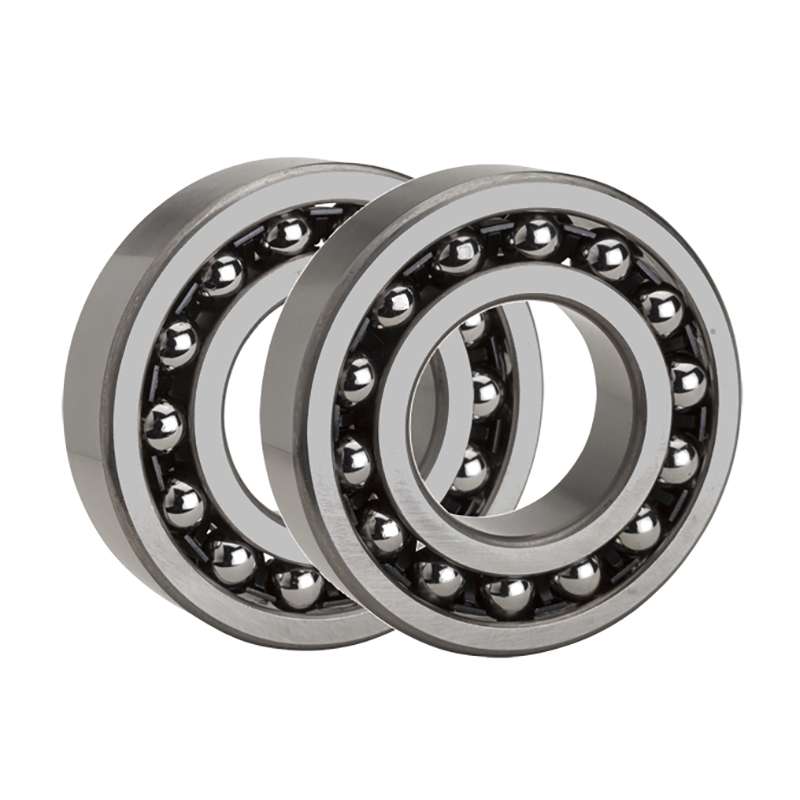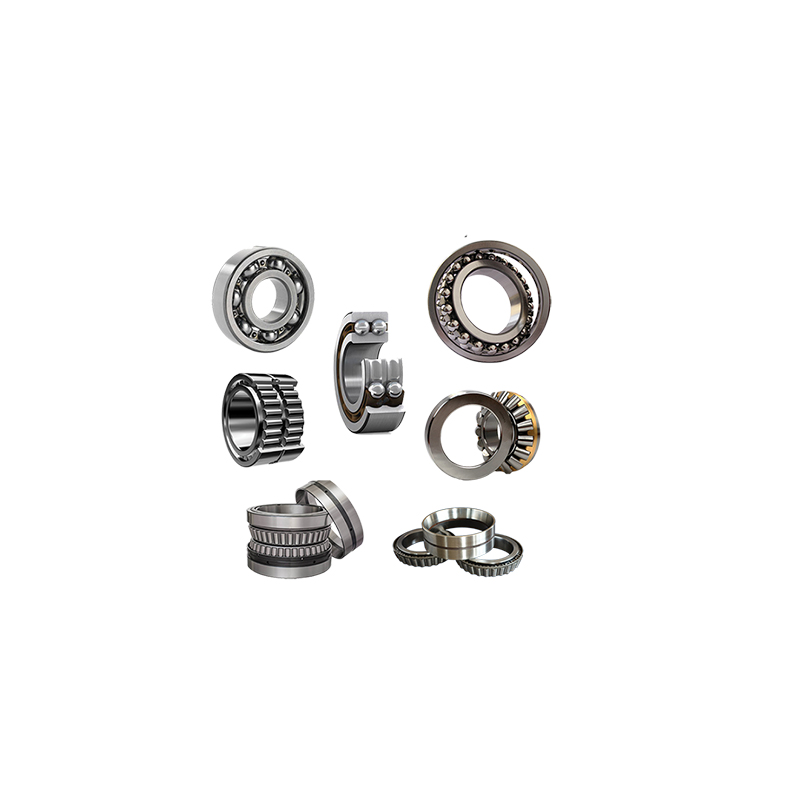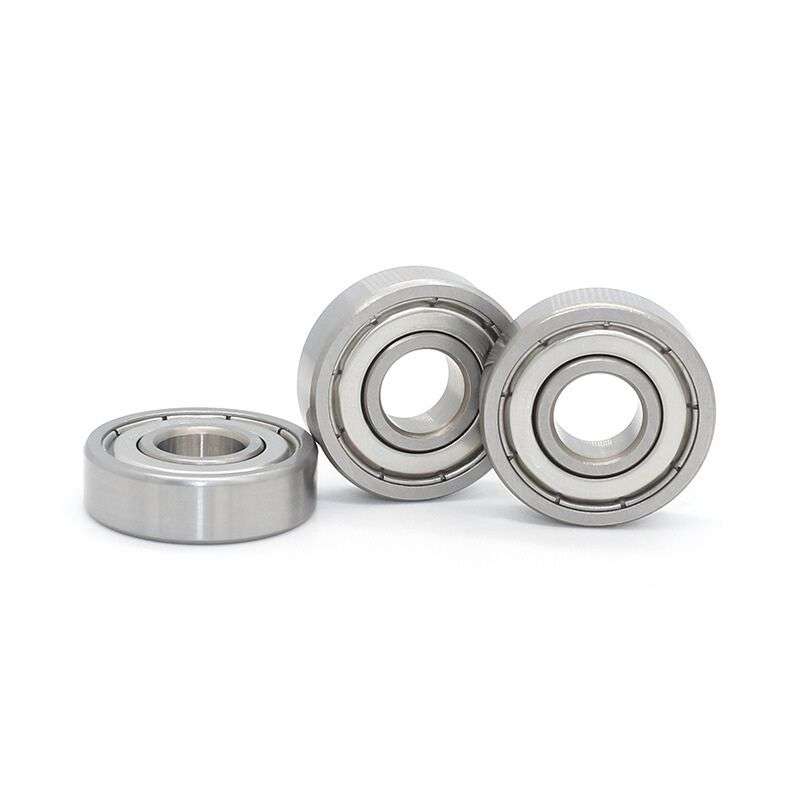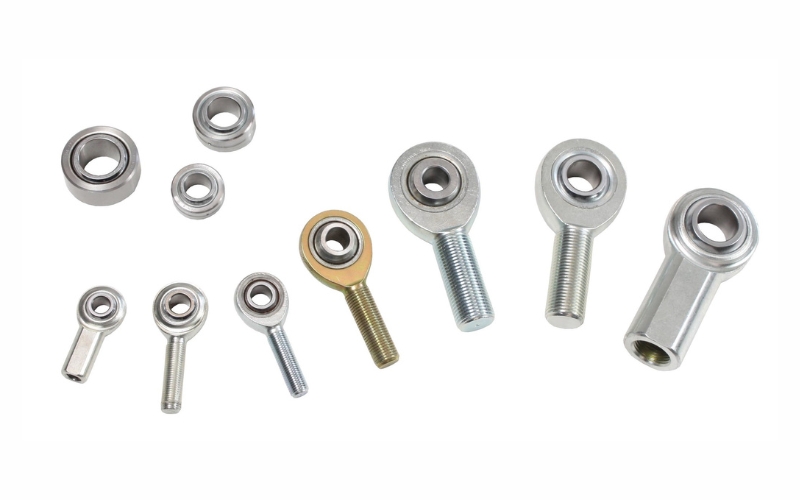Unlocking Efficiency: Self Aligning Ball Tech

Table of Contents
In the realm of machinery and mechanical systems, precision and efficiency stand as the cornerstones of optimal performance. Bearings, while often unsung, play a pivotal role in achieving these objectives. Among the array of bearings available, self-aligning ball bearings emerge as a transformative technology that significantly enhances both the efficiency and reliability of various applications. In this comprehensive guide, we will embark on a journey into the intricate world of self-aligning ball technology, offering insights into its historical evolution, underlying principles, diverse applications, myriad advantages, and much more.
Evolution of Bearings
Early Bearing Systems
To truly appreciate the ingenuity of self-aligning ball bearings, it is imperative to delve into the evolutionary timeline of bearings. Early bearing systems were rudimentary, driven primarily by the need to reduce friction in machinery. The challenges presented by angular misalignments in mechanical components were yet to be adequately addressed.
Introduction of Self Aligning Ball Bearings
The introduction of self-aligning ball bearings marked a pivotal moment in the history of bearing technology. These innovative bearings were designed to address the crucial issue of angular misalignment. This breakthrough laid the foundation for a new era of machinery performance, where misalignments would no longer pose a significant hindrance.
Advancements in Self Aligning Technology
As technology advanced, so did the sophistication of self-aligning ball bearings. Today, these bearings have reached new levels of precision and reliability. With continual innovations, including materials, design, and manufacturing processes, self-aligning bearings have become integral to diverse industries.
Working Principles
Understanding Angular Misalignment
Angular misalignment is a phenomenon in which the axes of two connected components do not perfectly align, causing stress and inefficiencies in the machinery. This misalignment often results from external factors, such as vibration or temperature variations.
How Self Aligning Bearings Compensate
Self-aligning ball bearings address angular misalignment by utilizing a clever design that enables them to compensate for such discrepancies. The genius lies in their ability to function effectively even when there are angular deviations, allowing machinery to operate smoothly and with reduced wear and tear.
Types of Self Aligning Bearings
Self-aligning ball bearings come in various configurations, each tailored to specific applications. These types include the basic design, double-row variants, and custom-engineered solutions. The versatility of these bearings makes them suitable for a wide array of industrial settings.
Applications
Self Aligning Bearings in Industrial Machinery
The influence of self-aligning ball bearings extends across numerous industrial sectors. They are integral components in machinery ranging from conveyor systems to heavy-duty manufacturing equipment. The ability to accommodate misalignments in such settings enhances not only efficiency but also the longevity of machinery.
Automotive and Aerospace Use
In the automotive and aerospace industries, precision and reliability are paramount. Self-aligning ball bearings contribute significantly to the safety and efficiency of vehicles and aircraft. Their incorporation results in smoother operations and reduced maintenance, which is especially critical in these applications.
Case Studies in Efficiency Gains
Real-world case studies provide compelling evidence of the remarkable efficiency gains that businesses achieve through the implementation of self-aligning ball bearings. These studies demonstrate how this technology optimizes machinery, leading to cost savings and enhanced overall performance.
Advantages and Benefits
Improved Equipment Lifespan
One of the primary advantages of self-aligning ball bearings is their role in extending the lifespan of machinery. By reducing the wear and tear associated with angular misalignment, these bearings effectively prolong the operational life of critical components. This not only saves on replacement and repair costs but also minimizes downtime.
Reduced Maintenance Costs
Incorporating self-aligning ball bearings results in reduced maintenance costs. The decreased need for frequent inspections and repairs due to misalignment-related issues translates to substantial savings. This makes them an economically viable choice for businesses seeking to streamline their operational expenditures.
Enhanced Equipment Performance
Enhanced equipment performance is an outcome of utilizing self-aligning ball bearings. Their unique design allows machinery to function at peak capacity, regardless of minor angular deviations. This results in smoother, more efficient operations and increased output, which is particularly advantageous in high-production environments.
Key Features
Double-Row Construction
One of the distinguishing features of self-aligning ball bearings is their double-row construction. This design enhances their load-bearing capacity and ability to accommodate misalignment. By providing more contact points, they distribute loads more evenly, improving the overall stability and reliability of the bearing.
Precision Engineering
Precision engineering lies at the heart of self-aligning ball bearings. Meticulous manufacturing processes and stringent quality control measures ensure that these bearings meet the highest industry standards. The precision in their design and fabrication contributes to their exceptional performance and durability.
Lubrication Systems
Proper lubrication is crucial for the smooth operation of any bearing. Self-aligning ball bearings are equipped with effective lubrication systems that reduce friction, dissipate heat, and protect against wear and corrosion. This, in turn, extends their service life and ensures consistent, reliable performance.
Selection and Sizing
Factors to Consider in Bearing Selection
Selecting the right self-aligning ball bearings for a specific application necessitates a careful evaluation of various factors. These factors include load requirements, operating conditions, and the magnitude of misalignment expected during operation. Taking all these aspects into account ensures that the chosen bearings are ideally suited to the task at hand.
Sizing for Specific Applications
Sizing self-aligning ball bearings correctly is imperative for optimal performance. A bearing that is too small or too large may lead to premature wear and inefficiencies. Sizing entails a thorough analysis of the loads the bearing will endure and the rotational speeds it will experience during operation.
Common Sizing Mistakes to Avoid
In the process of selecting and sizing self-aligning ball bearings, there are common mistakes that must be avoided. Failing to account for all relevant variables or making assumptions about the operating conditions can lead to suboptimal performance and potential bearing failures.
Installation and Maintenance
Proper Installation Procedures
The installation of self-aligning ball bearings requires precision and attention to detail. Incorrect installation can lead to premature bearing failure and operational issues. Proper procedures, including the correct alignment of components and ensuring the appropriate torque on fasteners, are essential to guarantee optimal performance.
Routine Maintenance Practices
Routine maintenance is crucial to ensure that self-aligning ball bearings continue to perform at their best. This includes regular inspections to identify signs of wear, proper lubrication, and, if necessary, replacement of worn or damaged bearings. Routine maintenance practices extend the lifespan of bearings and minimize costly downtime.
Troubleshooting Common Issues
Recognizing and addressing common issues that may arise during bearing operation is vital. Problems such as increased noise, vibration, or elevated temperatures can be early indicators of bearing issues. Knowing how to troubleshoot these problems can prevent more significant breakdowns and maintain machinery efficiency.
Industry Trends
Technological Advancements
Staying abreast of the latest technological advancements in self-aligning ball tech is crucial for businesses looking to remain competitive. New materials, innovative designs, and enhanced lubrication systems are continually being developed, promising even greater efficiency and reliability in the future.
Sustainability and Environmental Impact
In today’s environmentally conscious world, it’s essential to consider the sustainability and environmental impact of bearing technology. The reduction in maintenance requirements and the extended lifespan of machinery resulting from self-aligning ball bearings contribute to resource conservation and eco-friendliness.
Market Growth and Projections
Understanding the current market size and future projections for the self-aligning ball bearing industry is vital for both businesses and investors. The growth in demand for these bearings is indicative of their increasing importance in various sectors, making them an attractive area for investment and innovation.
Challenges and Solutions
Common Challenges in Self-Aligning Bearings
Despite their numerous advantages, self-aligning ball bearings are not without challenges. Recognizing common issues, such as contamination, fatigue, and misalignment, is the first step in addressing them effectively.
Innovative Solutions and Best Practices
To overcome these challenges, it is crucial to explore innovative solutions and best practices. Whether through advanced materials, improved seals, or novel lubrication techniques, the bearing industry continuously innovates to offer practical solutions for users.
Choosing the Right Supplier
Selecting a reliable supplier is paramount in ensuring that you receive high-quality self-aligning ball bearings. Factors such as the supplier’s manufacturing processes, quality control, and adherence to industry standards play a crucial role in determining the reliability of the bearings you purchase.
Cost Efficiency
Balancing the equation between quality and cost is a challenge faced by many businesses. By seeking the optimal equilibrium, businesses can enjoy the benefits of high-quality self-aligning ball bearings while remaining cost-effective.
To achieve this balance, exploring cost-effective procurement strategies is crucial. Whether through bulk purchasing, strategic partnerships, or supplier negotiations, businesses can minimize expenditure without compromising the integrity of their equipment.
Future of Self Aligning Ball Tech
Emerging Trends and Innovations
Keeping an eye on emerging trends and innovations in self-aligning ball technology is vital for businesses looking to stay competitive. Advancements in materials, design, and smart technology integration are shaping the future of the industry.
Potential Industry Disruptions
The bearing industry is not immune to potential disruptions. Whether through shifts in market dynamics, new entrants, or unexpected technological breakthroughs, understanding and preparing for potential industry disruptions is a proactive approach to future-proofing businesses.
Conclusion
In summary, self-aligning ball bearings emerge as a transformative technology that continues to revolutionize the efficiency and performance of various machinery and industrial processes. This guide has provided an in-depth exploration of their historical evolution, underlying principles, diverse applications, and the multitude of advantages they offer. By comprehending these pivotal aspects, you gain the knowledge required to make informed decisions and optimize the efficiency and reliability of your machinery.
Whether you’re a business owner like Vladimir, seeking quality and efficiency, or a technical expert striving to optimize machinery, self-aligning ball tech represents a game-changing solution that can unlock new levels of performance and reliability in your operations.
By embracing this innovative technology, you’re not merely enhancing your machinery; you’re empowering your business for a more efficient and prosperous future. Self-aligning ball tech offers boundless opportunities for businesses to excel in an ever-competitive industrial landscape.
It’s essential to remember that the world of self-aligning ball technology is vast and continually evolving. Staying informed, embracing the latest trends, and implementing best practices are the keys to not only unlocking efficiency but also sustaining it for years to come.
Thank you for embarking on this comprehensive journey through the world of self-aligning ball tech. We trust that you found this guide both informative and inspirational. If you have any further questions or seek more insights, feel free to reach out and continue the conversation.




